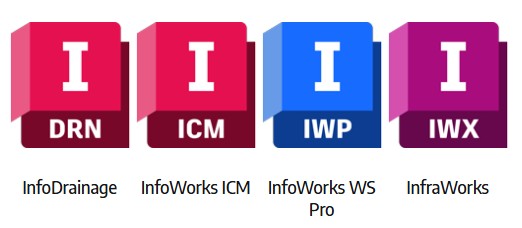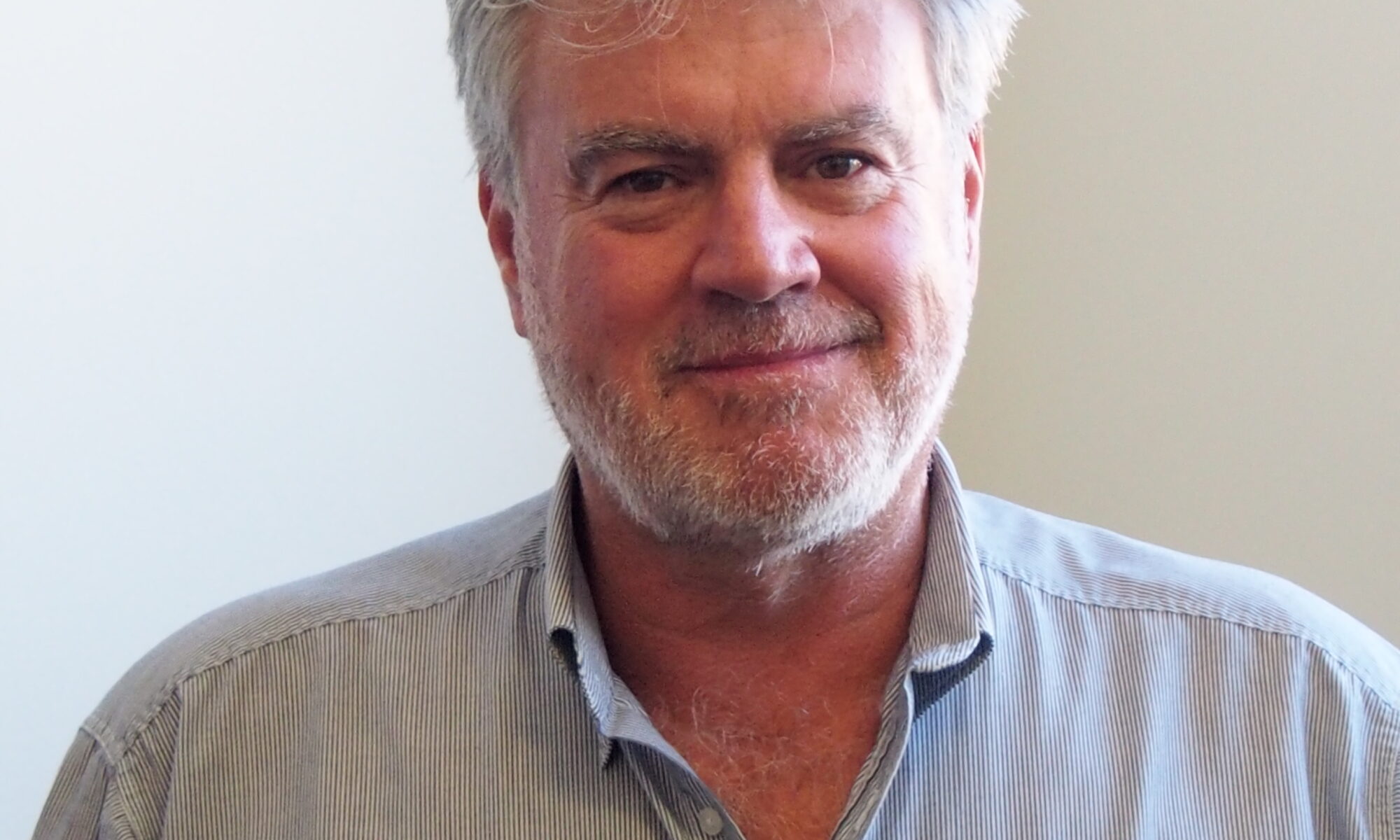
Did you know that our partner Civil Survey Solutions, who Urban Water Solutions assist with sales, support, and training for Autodesk Water Infrastructure Solutions products, is accredited as an Autodesk Authorised Training Centre (ATC) As such, they are the only Autodesk ATC in Australia able to provide training services for Autodesk’s hydraulic modelling products. This is not to say that other training providers aren’t available, but they do not have Autodesk ATC accreditation.
Urban Water Solutions provides Civil Survey Solutions with the benefits of access to individuals with decades of experience in hydraulic modelling, and an experienced team of modellers who use the software daily to provide solutions to water infrastructure problems.
Through our partnership, we have provided in-house training to Civil Survey Solution customers in Australia and overseas.
Training can be provided in-house, online, or at one of Civil Survey Solutions’ training labs. So reach out to Ben at Civil Survey Solutions or Stephen at Urban Water Solutions to discuss your hydraulic modelling training requirements.




